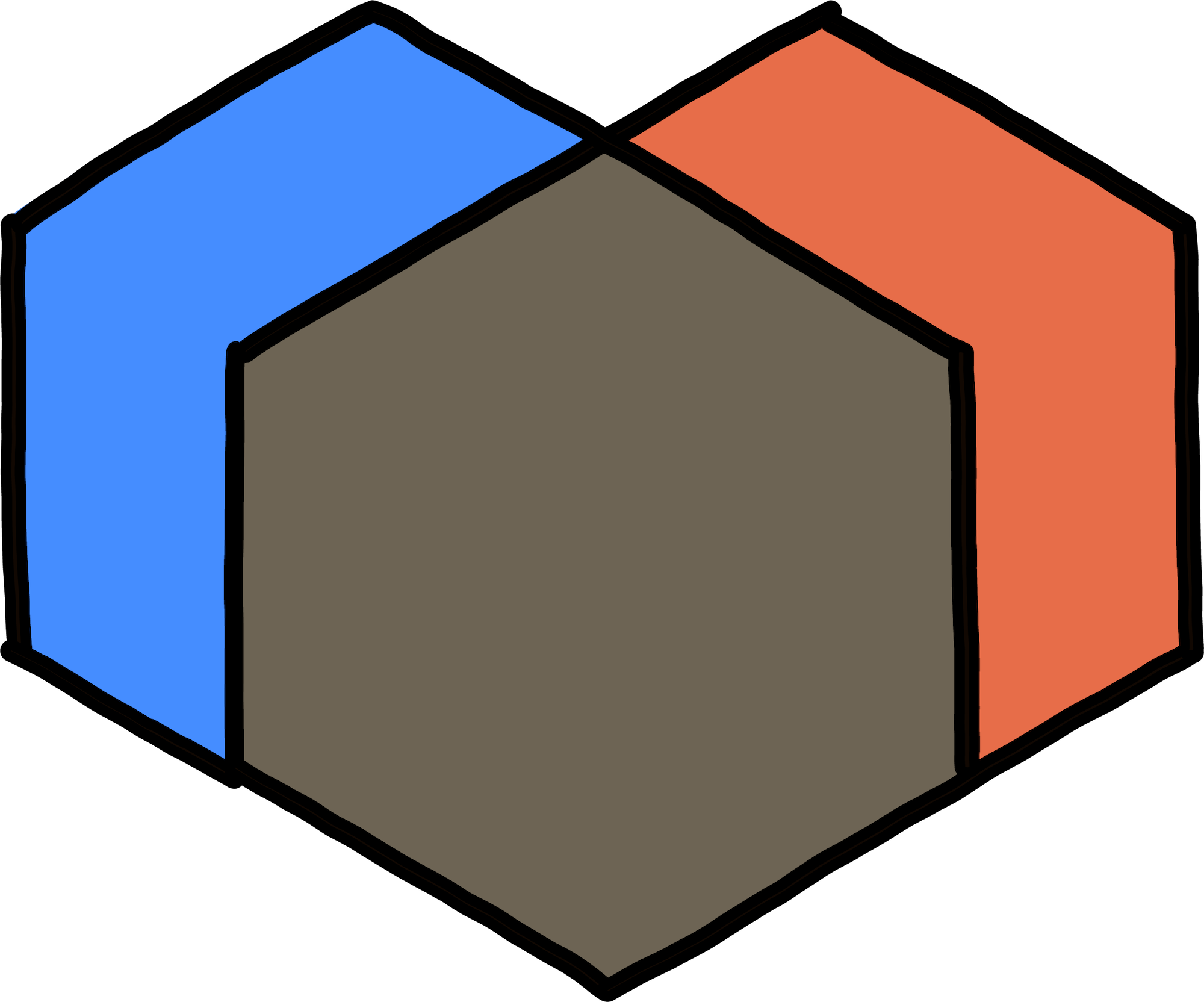154 reads
How We Made a Virtual Drawing Board
by
March 11th, 2021

Our mission is to lay the foundation for an open metaverse with shared ownership and universal access.
About Author
Our mission is to lay the foundation for an open metaverse with shared ownership and universal access.